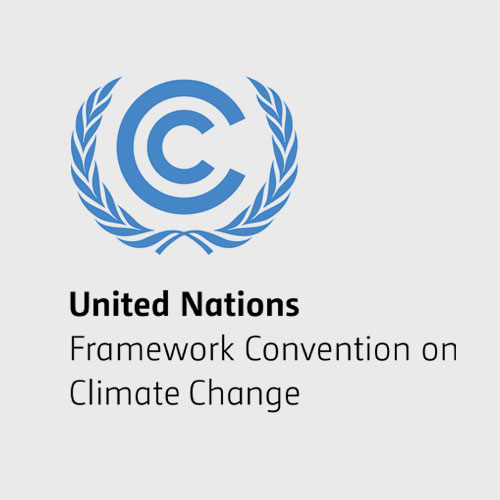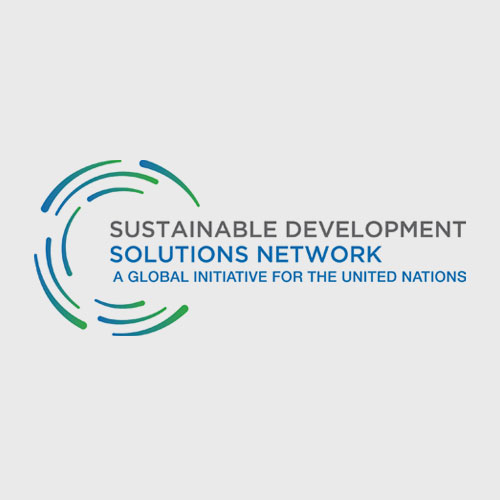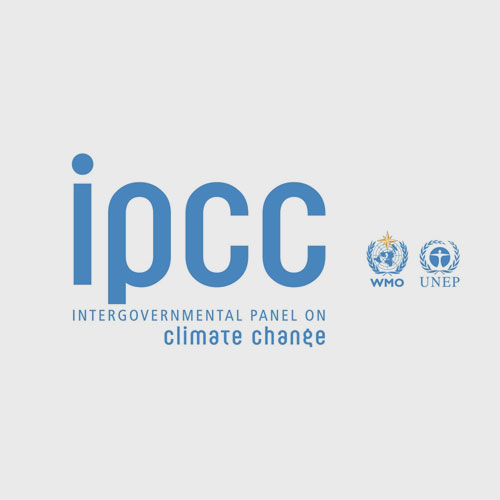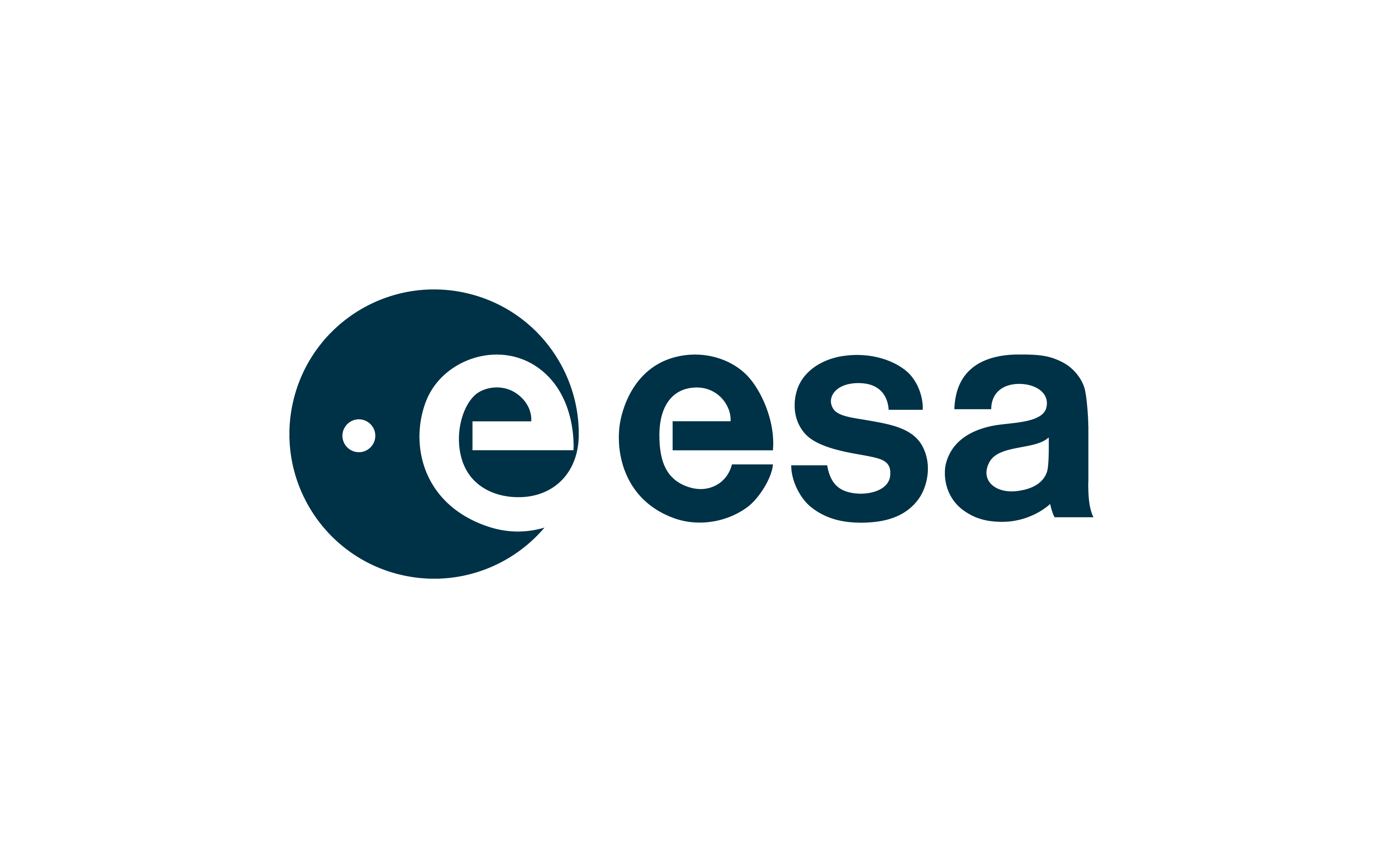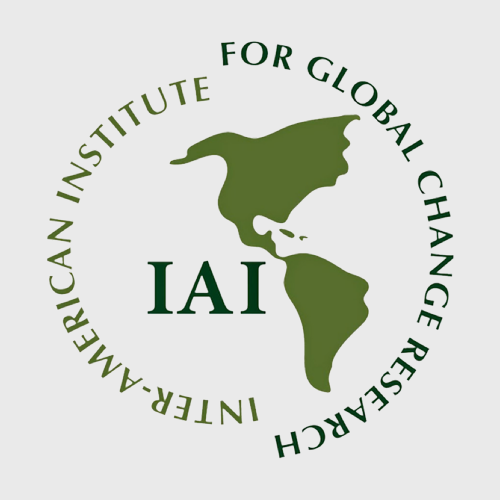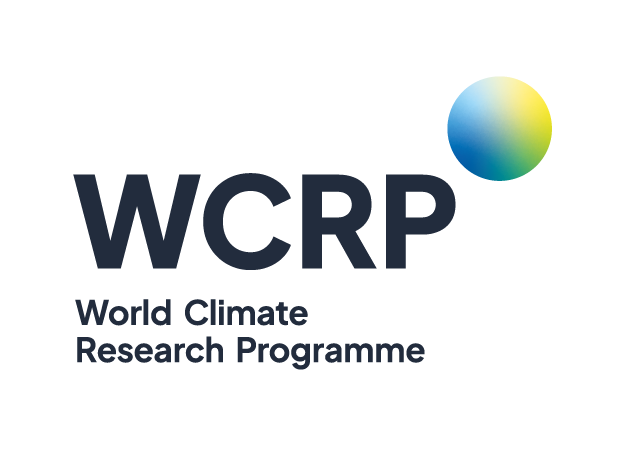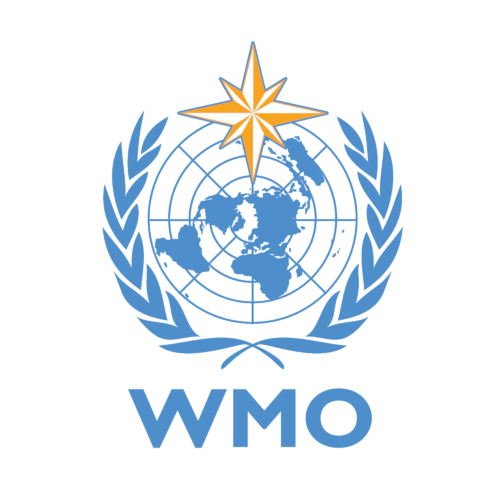Future Earth forms strategic partnerships with international organizations that support global sustainability research and action. Strategic partnerships range from accredited observer status to formal memoranda of understanding or statements of collaboration.
Explore Further
For more information on strategic partnerships, see our Science-Policy Engagement.
Future Earth also establishes local or sectoral partnerships with organizations that share our values and goals to carry out joint activities. See our Networks and Initiatives for more.
